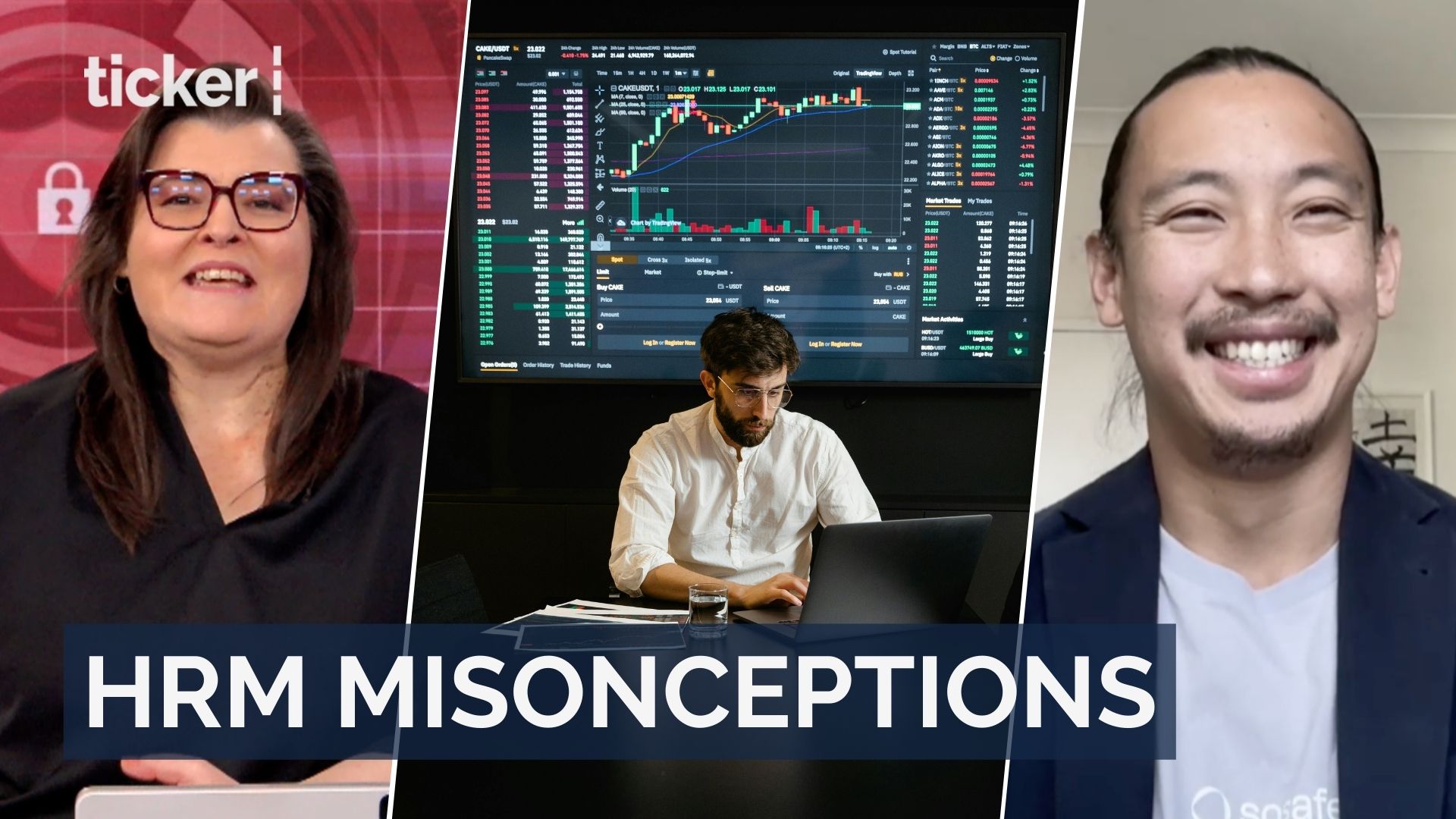Shows
Human risk management: more than compliance training
Human risk management: a vital business enabler, not just a compliance exercise, insists SoSafe’s Andrew Pedroso

Shows
David Holm on designing better public spaces in cities
David Holm discusses designing denser, people-friendly cities while promoting his book, Drawing the City, focusing on public spaces and community
Shows
London’s investment landscape reshaped by global collaboration
Belinda Coates and Jace Tyrrell discuss global capital’s impact on London’s investment landscape in latest episode of The Connector
Shows
Data center market growth insights for investors’ strategies
Investors eye booming Australian and UK data center markets, insights from Louisa Curcio and Eleanor Kwak on key trends
-



 Ticker Views4 days ago
Ticker Views4 days agoInside Trump’s strategy for post-Maduro Venezuela
-



 Tech2 days ago
Tech2 days agoCES 2026 Highlights: AI, robotics, and the future of innovation
-



 Tech2 days ago
Tech2 days agoCES 2026 opens with AI powering the future of tech
-



 Money4 days ago
Money4 days agoDow hits record after U.S. military action in Venezuela
-



 Ticker Views4 days ago
Ticker Views4 days agoTrump’s intervention in Venezuela: the 3 warnings for the world
-



 Crypto1 day ago
Crypto1 day agoMorgan Stanley files for Bitcoin, Solana, and Ethereum ETFs
-



 Ticker Views3 days ago
Ticker Views3 days agoElon Musk faces backlash over Grok AI Deepfakes
-



 News4 days ago
News4 days agoAlbanese open to royal commission into Bondi attack







